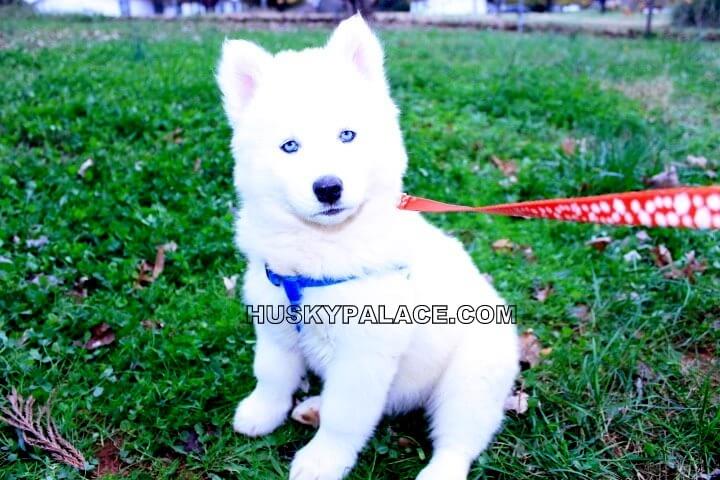Make the transition easy for your new puppy with these helpful tips:
- Decide on a name and use it consistently
- Limit Visitors for the first few days
- Keep your puppy in your line of sight at all times for his/her safety and to establish correct behavior
- Never disturb a sleeping puppy!
- Teach your family the proper way to hold your puppy by placing one hand under the hindquarters the other under the chest. Never pick up a puppy by the front paws or scruff of the neck.
- Do not leave a new puppy unattended with very small children or other family pets until everyone is ready.

House-Training
This is one of the most important training efforts you’ll ever make. It doesn’t have to be difficult. We recommend a five-step approach:
- Establish a routine and stick to it. Take your puppy out first thing in the morning, the last thing at night, and within 30 minutes after he/she eats.
- Whenever the pup wakes up from a nap, take him/her outside to potty.
- Until your puppy is trained keep a constant eye on him or her and prevent accidents before they happen!
- Crate-train your puppy. As a general rule, your puppy can safely be left in a crate the number of hours that equal his/her age in months plus one for the first year.
- Designate a potty area. Train your puppy to use this designated space by consistently taking him/her there and using a command like “Go potty.”
- Correct your puppy’s mistake only when you catch him or her in the act. With a firm “NO!” pick up your puppy and take him/her to the designated potty area. Accidents will happen, so remember to be patient.
Puppy-Proofing Your Home Before Taking Him Home
The wait is over and it’s finally time to bring home your new puppy. But before that happens, there are a few preparations that need to take place. Create a safe & friendly environment for your new puppy by following this simple checklist:
- Make sure all poisonous household items are securely stored out of the puppy’s reach
- Move or remove any poisonous plants
- Look at your house from a puppy’s point of view and remove any hazardous items.
Supplies You Will Need
There are certain things your puppy will need from day one, so it’s best to purchase these items in advance, if possible.
- Food & water bowls
- Harness & leash
- Brush &/or comb
- Safe, appropriate toys (As a general rule, if the toy can fit comfortably in a puppy’s mouth, it is too small.)
- Crate or sleeping bed
- Puppy gate
Learn More about the recommendations on supplies…
Feeding
Puppies have different nutritional needs from adult dogs. By feeding complete and balanced nutrition now, you can impact your dog’s lifelong health. We recommend three things:
- Consistency. Feed your puppy the same food, at the same time every day. Young puppies (2 months to 11 months) should be fed three times a day. Fresh drinking should be available at all times.
- Don’t use the cup system! I have noticed families who use this system, their pup is at least 10 lbs lighter than the rest of the littermates.
- Don’t be alarmed if your puppy’s appetite changes. Occasional loss of appetite or digestive upset is normal for growing puppies.
Continue your consistent feeding regimen; however, should the upset become severe or last for more than a day or two, contact your veterinarian.






